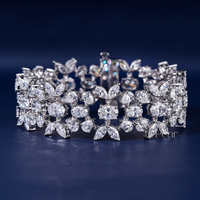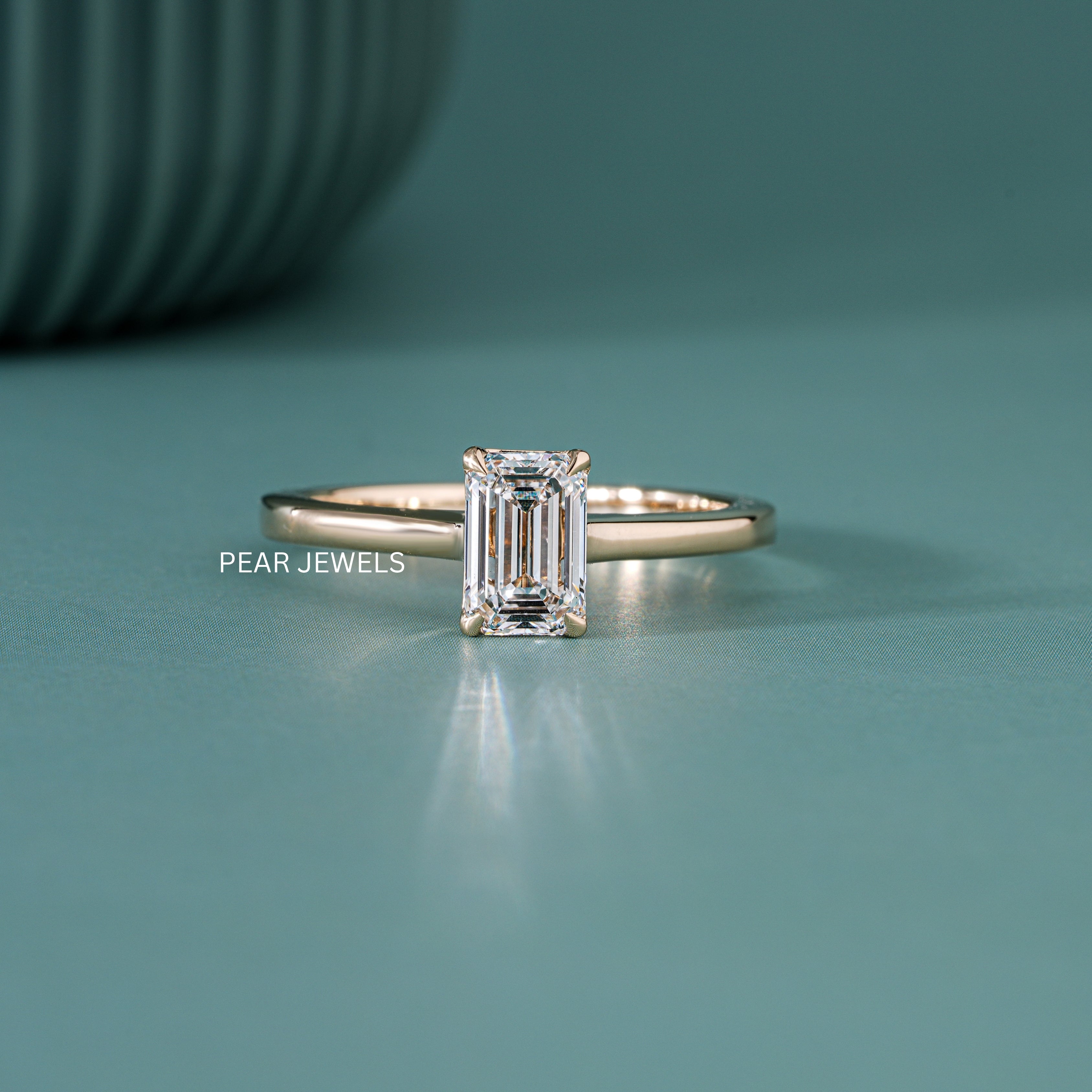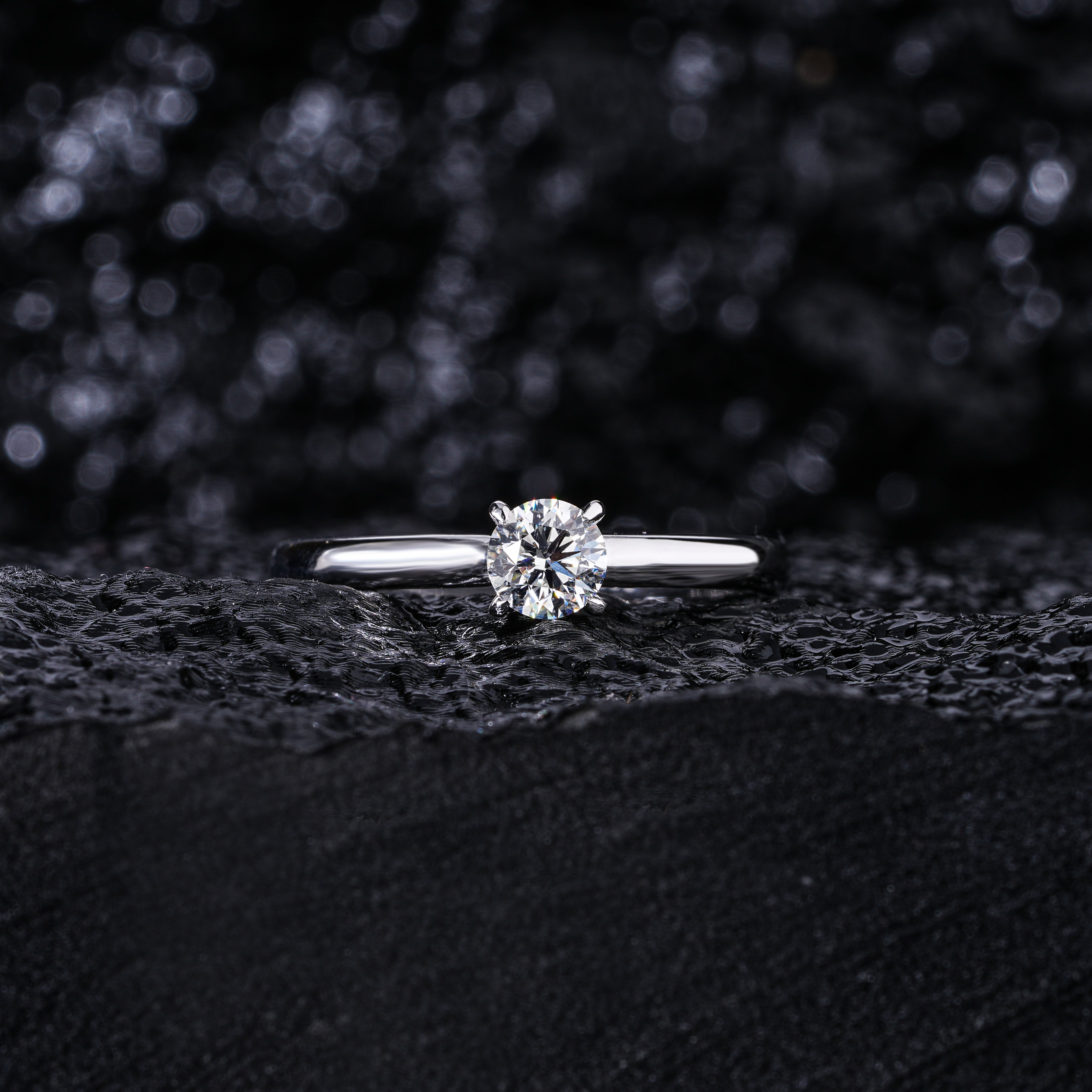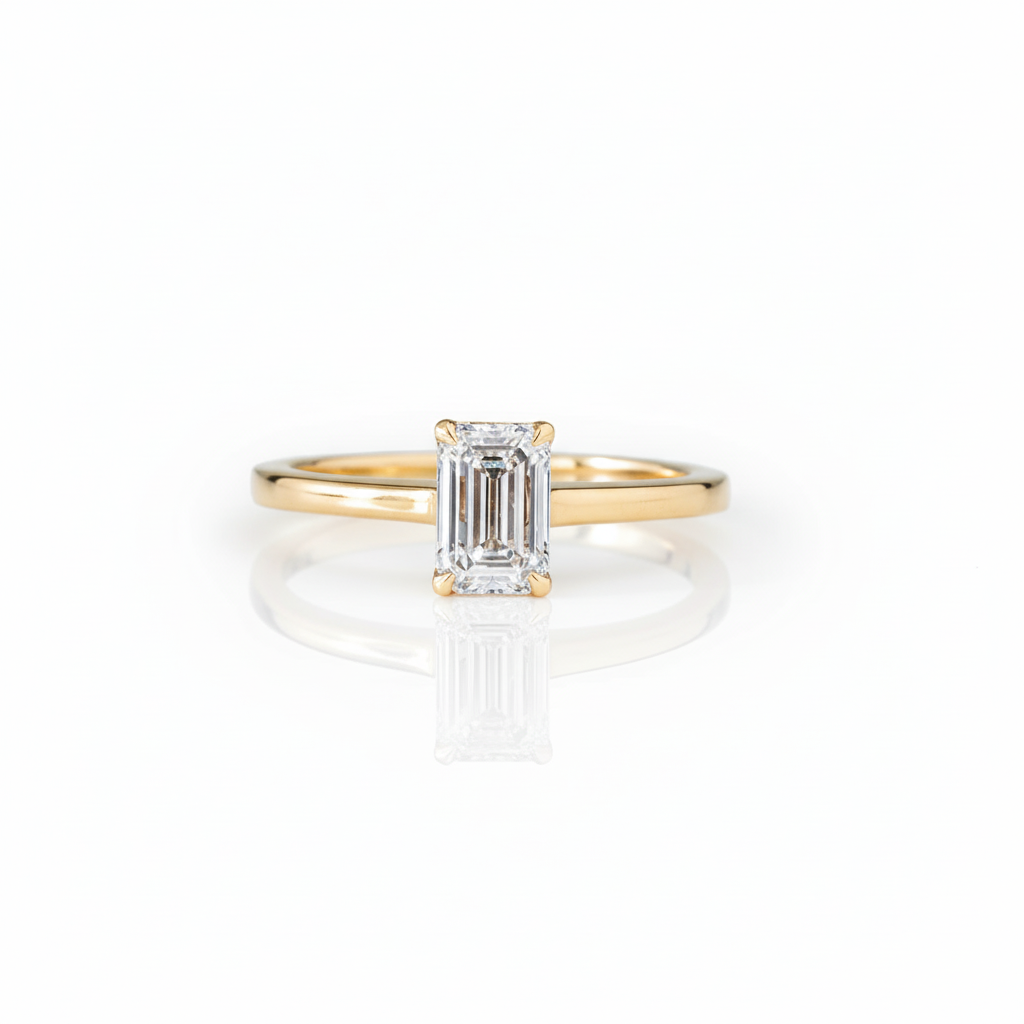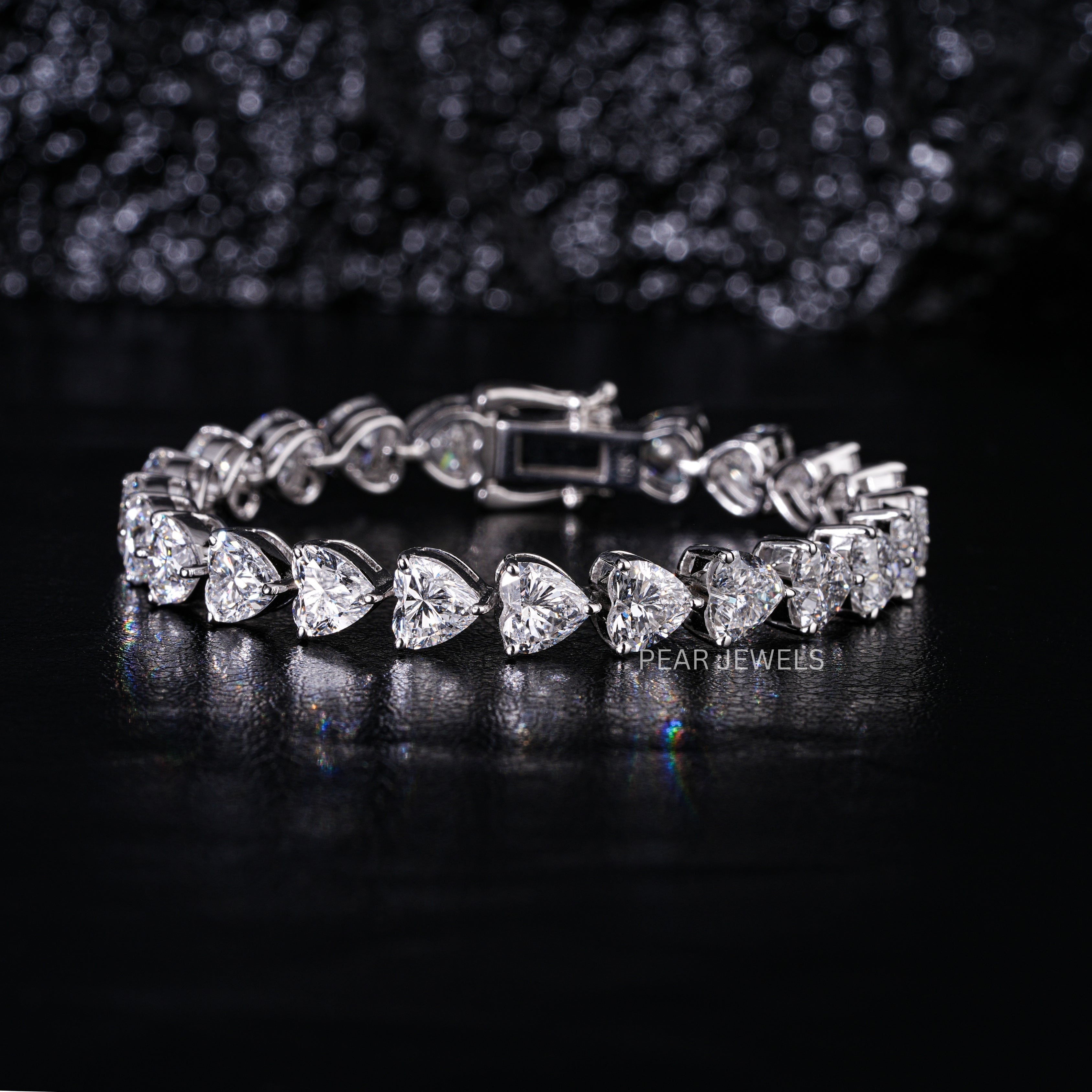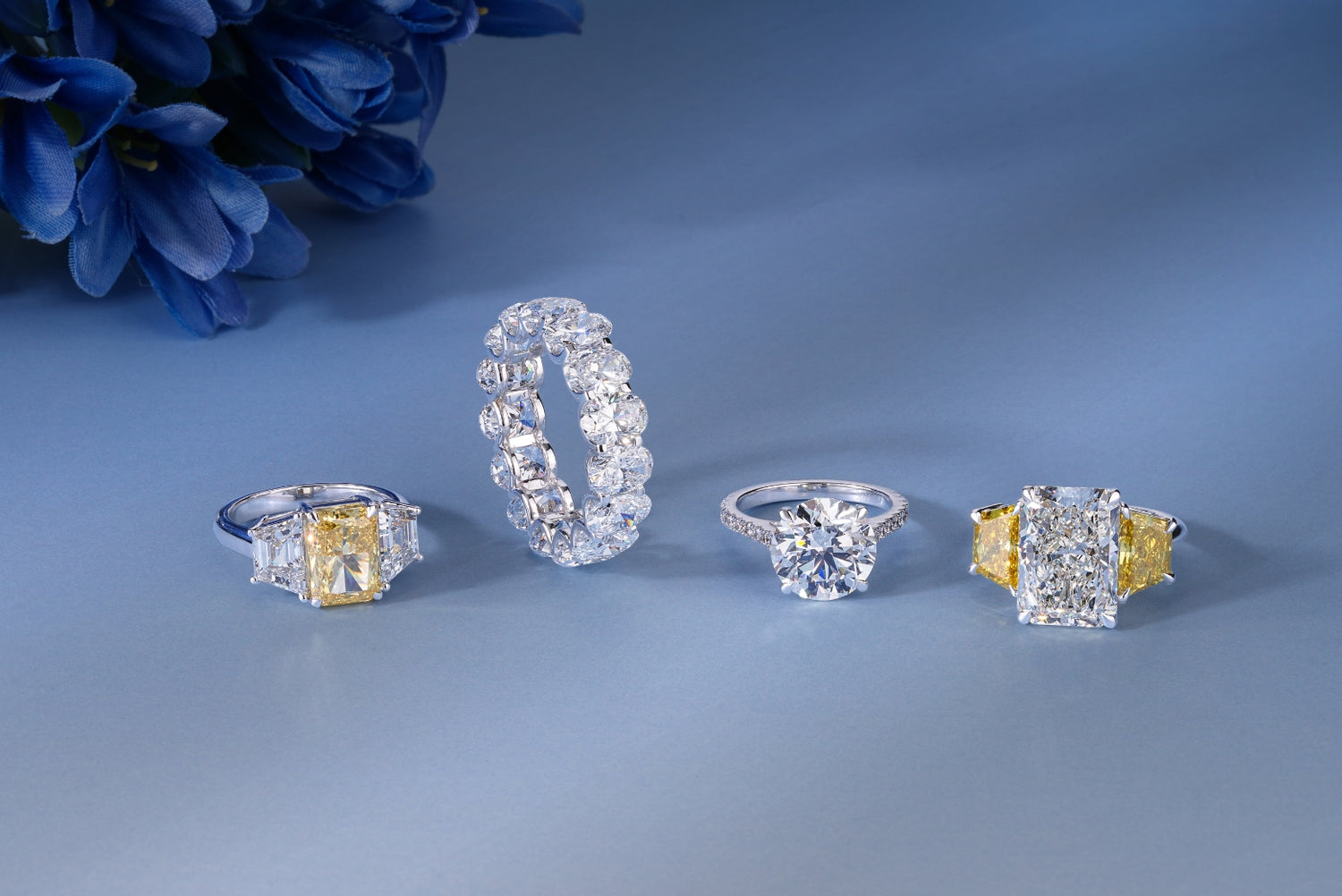When beginning the search for a diamond, one of the first terms you will encounter is "price per carat". It is a fundamental metric in the diamond world, yet it is widely misunderstood. Many assume that if a one-carat diamond costs a certain amount, a two-carat diamond will simply cost double. The reality is far more complex. Price per carat is not a fixed rate but a dynamic value that is heavily influenced by a diamond's quality. Understanding how this price is calculated is the key to navigating the market and finding the best possible diamond for your budget.
What Exactly is Price Per Carat?
At its most basic, the price per carat is the total cost of a diamond divided by its carat weight. For instance, if a 0.75-carat diamond has a final price of $4,500 AUD, its price per carat is $6,000 AUD ($4,500 / 0.75). This metric is used by industry professionals and educated buyers to standardize and compare the value of diamonds of different sizes.
However, this calculation reveals an important truth: the price per carat is not linear. It increases exponentially as the carat weight goes up. A two-carat diamond is much rarer than two one-carat diamonds, so its price per carat will be substantially higher. For example, a 2.0-carat diamond with the same quality grades as the stone above will not have a price per carat of $6,000 AUD; it might be $11,000 AUD per carat or more, for a total price of $22,000 AUD.
The Myth of 'Magic Numbers'
The price per carat does not increase smoothly with every fractional increase in weight. Instead, the industry has historically seen significant price jumps at certain "magic numbers" or key carat thresholds. These are typically the full and half-carat marks, like 1.0, 1.5, and 2.0 carats.
Market demand for these specific weights is high, which inflates the price per carat the moment a diamond hits that number. A 1.0-carat diamond can have a price per carat that is 15-25% higher than a 0.95-carat diamond of the exact same quality, even though the visual size difference is almost impossible to detect. This is a crucial piece of knowledge for a savvy buyer. Choosing a diamond just under one of these thresholds, often called "buying shy", is one of the most effective ways to maximize your budget without sacrificing beauty.
The 4Cs: True Drivers of Per-Carat Price
Carat is a measure of weight, not a measure of beauty. The real determinants of a diamond's price per carat are the other three members of the 4Cs: Cut, Color, and Clarity. These factors dictate the stone's quality, rarity, and brilliance.
Cut: A diamond's cut is arguably the most important factor. It refers to the quality of the stone's angles, facets, and proportions, which together determine its ability to reflect light. An "Excellent" or "Ideal" cut will produce exceptional sparkle and can make a diamond appear larger than a poorly cut stone of the same weight. Because of this immense impact on beauty, a superior cut will command a much higher price per carat. You can see the stunning results of a premium cut in collections like our Round Cut Engagement Rings.
Color: Diamond color is graded on a scale from D (colorless) to Z (light yellow or brown). Truly colorless diamonds are exceptionally rare and, as a result, have a very high price per carat. As you move down the scale to near-colorless grades like G or H, the price per carat decreases. For many people, these near-colorless diamonds offer fantastic value, as any hint of color is often imperceptible to the naked eye once the diamond is set in a ring.
Clarity: Clarity measures the presence of internal inclusions or external blemishes. A "Flawless" diamond is the rarest of all, leading to the highest price per carat. As you move to more common grades like VVS (Very, Very Slightly Included) and VS (Very Slightly Included), the price per carat becomes more accessible. Many buyers find the best value in the SI (Slightly Included) range, seeking a diamond that is "eye-clean", meaning no inclusions are visible without magnification.
How to Compare Diamond Prices Effectively
When comparing two diamonds, you must look beyond just the carat weight and total price. To make an accurate comparison, the diamonds should have nearly identical grades across all 4Cs and be certified by the same reputable gemological lab.
This is where the advantage of lab-grown diamonds becomes incredibly clear. The price per carat for a lab-grown diamond is significantly lower than for a natural diamond of the exact same quality specifications. This allows you to afford a diamond with a higher carat weight or better color and clarity grades without increasing your budget.
To truly understand how these variables interact, the best approach is to experiment. Using an online tool like our Design Your Own Engagement Ring feature allows you to select different diamond specifications and see the impact on the total price in real time. You will quickly see how adjusting the color from G to F or the clarity from SI1 to VS2 affects the final cost.
The price per carat is more than just a number; it is a reflection of a diamond's entire identity. By understanding that this value is a dynamic result of quality and rarity, you can move beyond a simple weight comparison and choose a beautiful diamond that intelligently balances size, brilliance, and budget.
